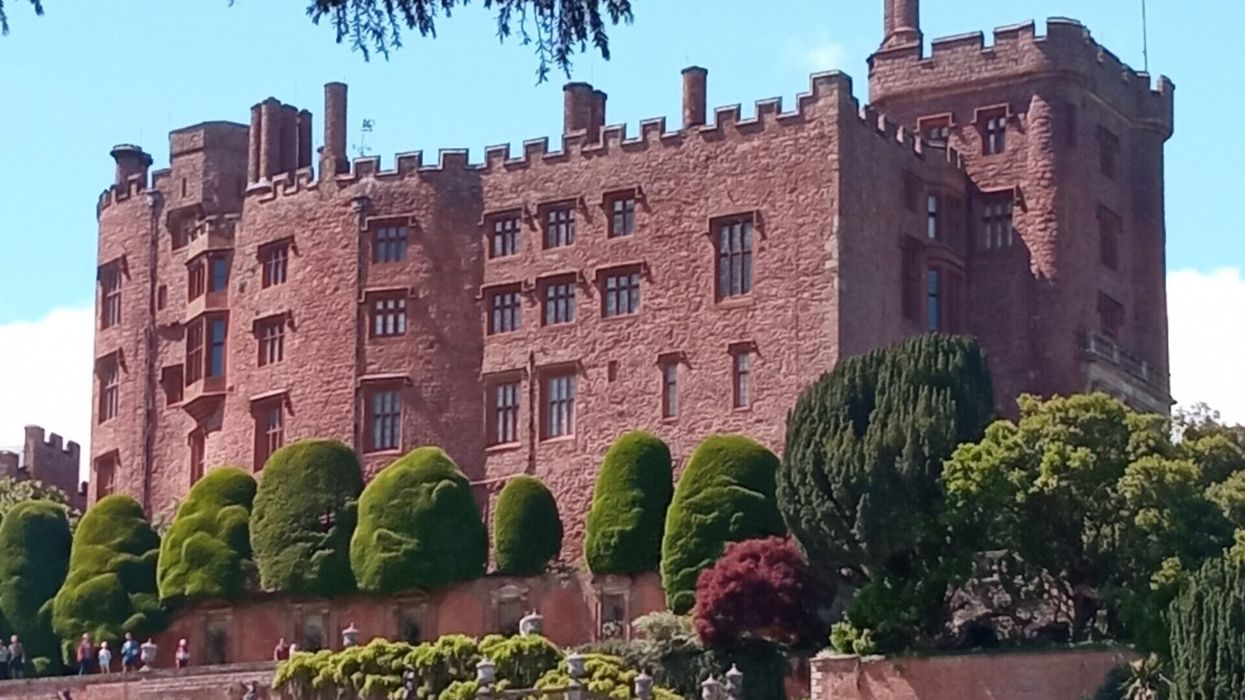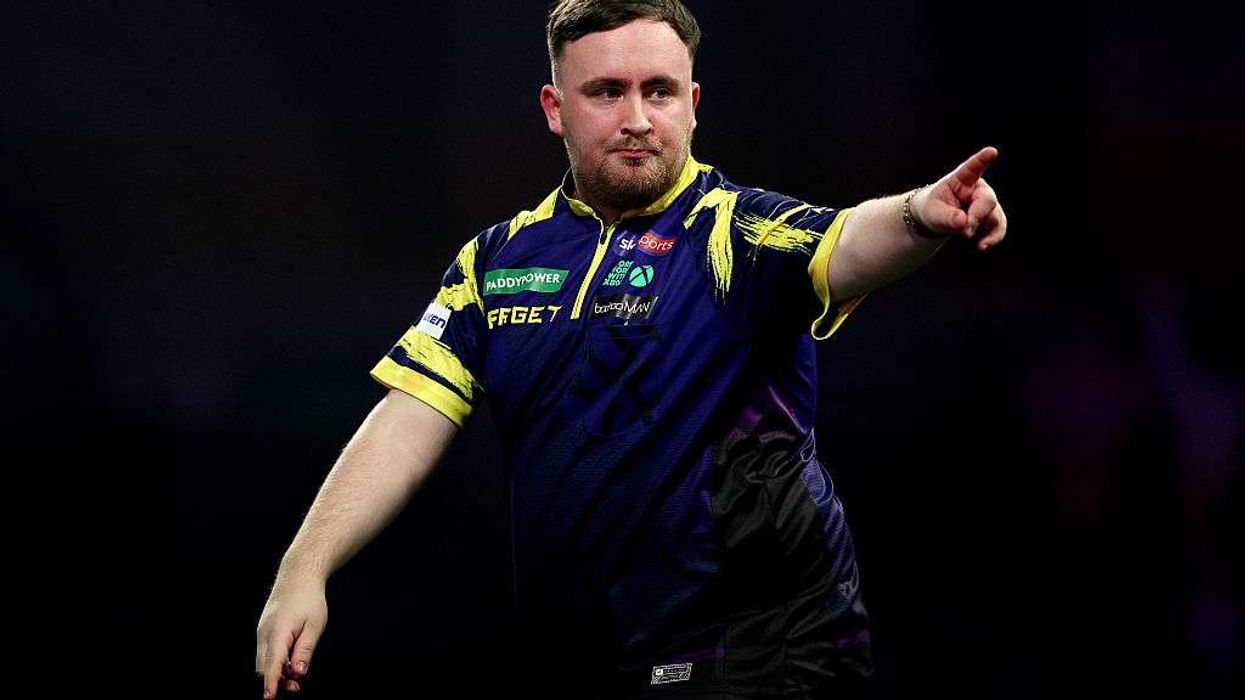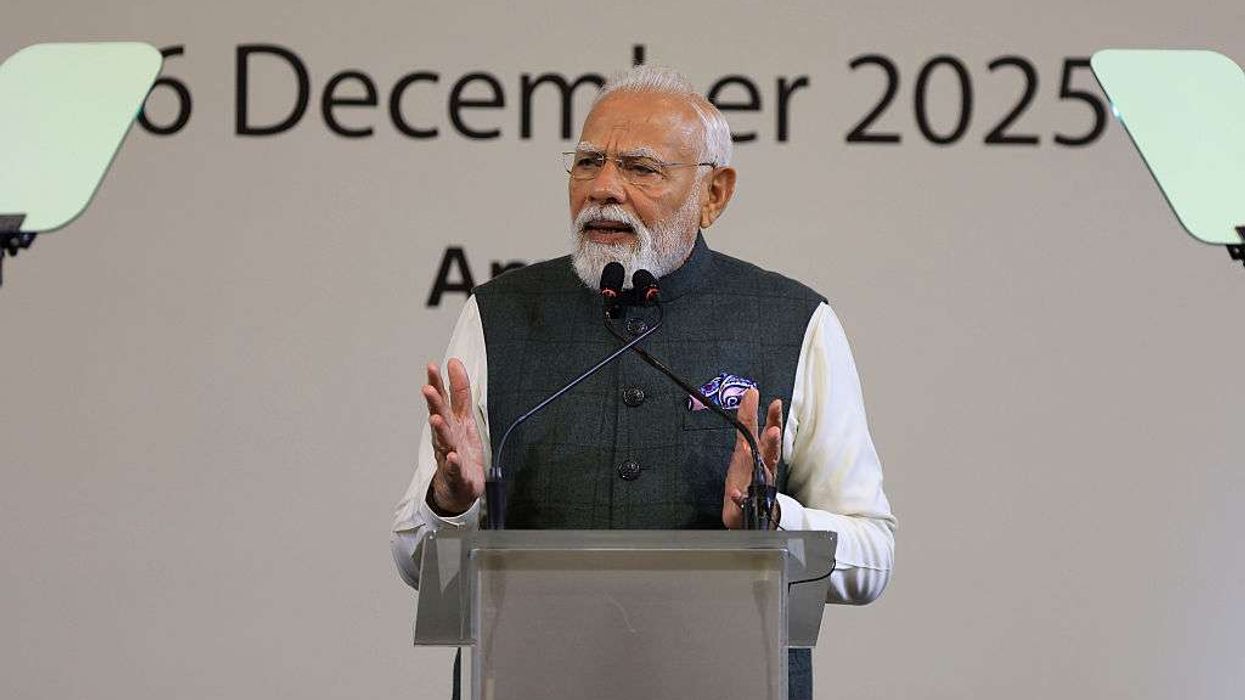AS WITH Kedleston Hall in Derbyshire, the National Trust is keen for British Asians to visit Powis Castle in Welshpool in Wales, because it is taking a critical look at how Britain came to establish colonial rule in India.
From the Asian point of view, they are perhaps two of the most important of the more than 500 properties looked after by the National Trust.
Kedleston Hall was the home of Lord (George Nathaniel) Curzon, viceroy of India from 1899 to 1905. He moved the capital from Calcutta [now Kolkata] to Delhi, and deliberately created communal tension by partitioning Bengal to poison previously harmonious HinduMuslim relations. On the credit side, he rescued the Taj Mahal from ruin.
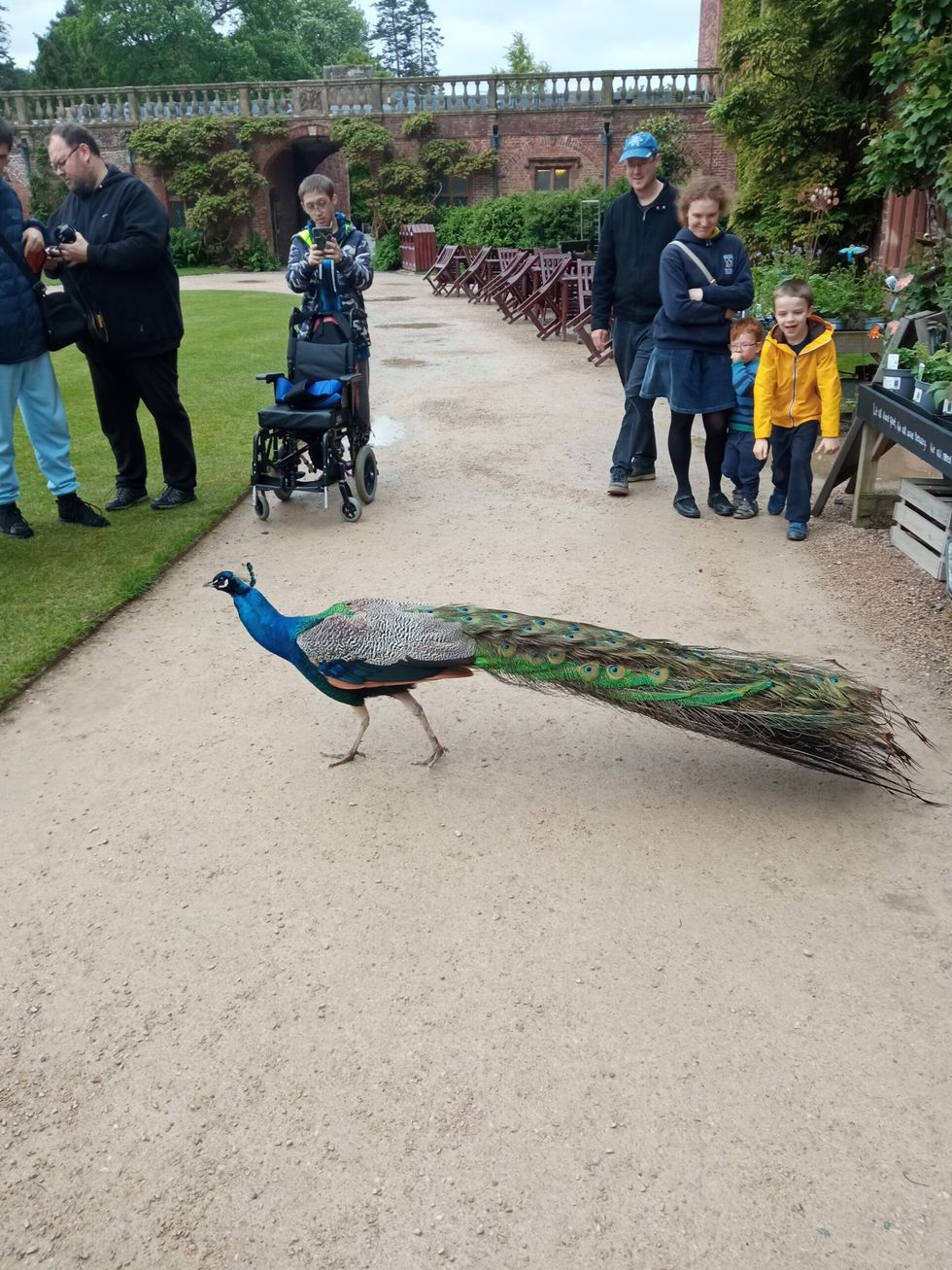
Powis Castle, on the other hand, with its imposing red drum towers, is most closely associated with Robert Clive’s loot and plunder of India.
‘Clive of India’, as he is known, didn’t actually live in Powis Castle, but his son Edward did after marrying Lady Henrietta Herbert and becoming part of the Herbert family, which still owns the estate. The Herberts had social standing but the money badly needed to modernise and repair Powis Castle, which dates back to the 13th century, came from India.
The conquest of the country had made father and son wealthy beyond their wildest dreams. But money did not buy Clive peace of mind. He cut his own throat with a penknife at his London house in Berkeley Square and was hastily buried in St Margaret’s Church, Moreton Say, in Shropshire.
Accused of corruption by the House of Commons in May 1773 on his return to England, Clive defended himself with characteristic bravado: “By God, at this moment, do I stand astonished at my own moderation!”
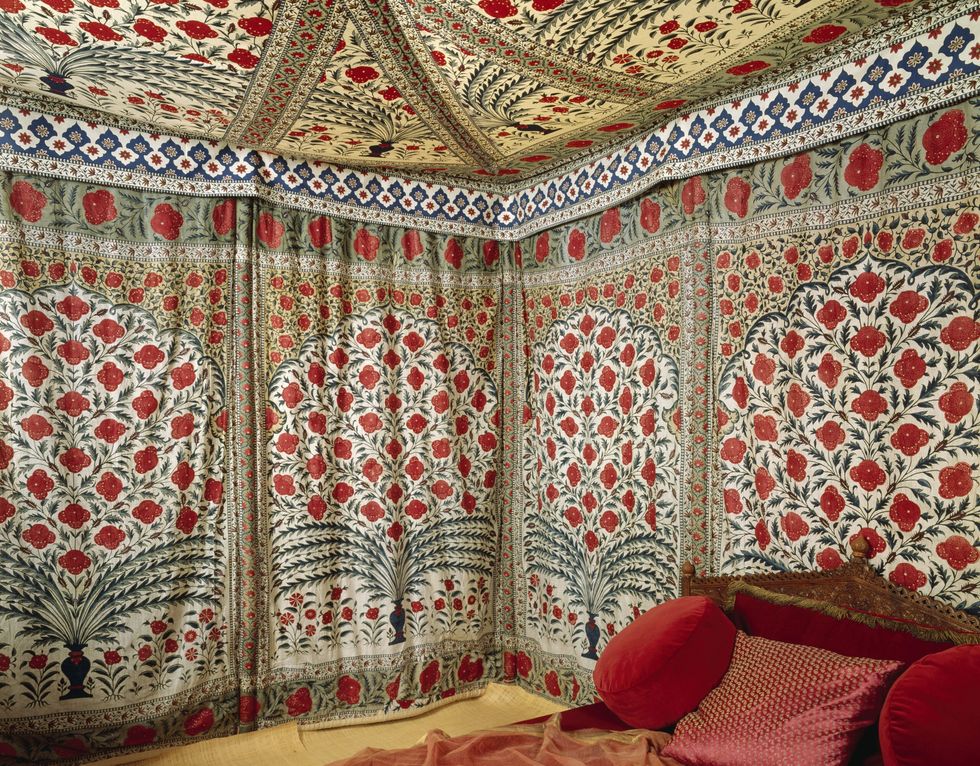
His “moderation” is reflected in the 1,000 artefacts dating from 1600 to the 1830s displayed in the Billiard Room turned Clive Museum cum South Asian gallery at Powis Castle.
The National Trust is now taking steps to display the treasures in a more “culturally sensitive” way. For example, the old British view of colonial rule is reflected in a large portrait of Clive dominating a mantelpiece lined with the statutes of such Hindu deities as Vishnu, Krishna, Ganesh and Hanuman – “minor Gods,” said a helpful volunteer.
Shane Logan, who has been general manager at Powis Castle and Garden for three years – the landscaped gardens, incidentally, are among the most spectacular in the UK – wants to work with Asian communities and experts to relabel and rearrange the display. London is a four-hour journey by train but Birmingham is 90 minutes away.

The Trust took ownership of Powis Castle in 1952-53. But it has apartments occupied by John George Herbert, eighth Earl of Powis (born 1952), and his heir, Jonathan Nicholas William Herbert, Viscount Clive (born 1979). The orangery has a red flower, Clivia, named after Clive’s granddaughter, Lady Charlotte Florentia Clive, Duchess of Northumberland.
In collaborating with the Trust, his Lordship and the Viscount are “on a journey”, Logan commented.
“I’d like more people to associate with ‘what does the collection mean’?” Logan said. “And how would they like to see it displayed? That is trying to move the Trust from being just curators. We’re very good as curators, saying, ‘here’s an object, this is what you’re getting, this is what we’re telling you’.
“We want people to tell us what they want to see, what they want to talk about and what it means to them. To contemporise it more would be my ask.”
A model is the way the South Asian gallery at the Manchester Museum has worked with the local Asian community.
Jenny Botha, senior marketing and communications officer at Powis Castle, said that “Rhea Tuli Partridge is currently working with us as a PhD student from Cambridge to study and learn more about the background of some of the items within the South Asian collection”.

Rebecca Spooner, the Trust’s cultural heritage curator for South Wales, added that it might be a mistake to assume everything in the collection was looted.
“I think the work that PhD student has been doing has been really important, because it’s separating out these strands and looking at all these kinds of terminologies. What was ethically right or wrong is highly complex, isn’t it?
“We can’t say for definite because we don’t have the actual evidence about how some objects were acquired, perhaps we never will. But we can say what was happening at the time, the political or military context, at that place, at that time to get a sense of how those objects were moving around.”
Tuli, who grew up in Delhi and did her BA and MA in history and the history of art at University College London, applied successfully for the doctoral project at the Clive Museum. She was first interviewed by Mark Elliott, senior curator, Museum of Archaeology and Anthropology at Cambridge, and Elizabeth Green, the Trust’s lead curator in Wales.
She told Eastern Eye that she was seeking “a more complex and nuanced understanding of the Clive collection”.
She said: “I first visited the Clive collection and Museum in 2019. I left feeling uncomfortable and perturbed. The collection and its curation conveyed messages of the triumphalism of the British empire, embodied and evoked by the dominant character of Robert Clive.”
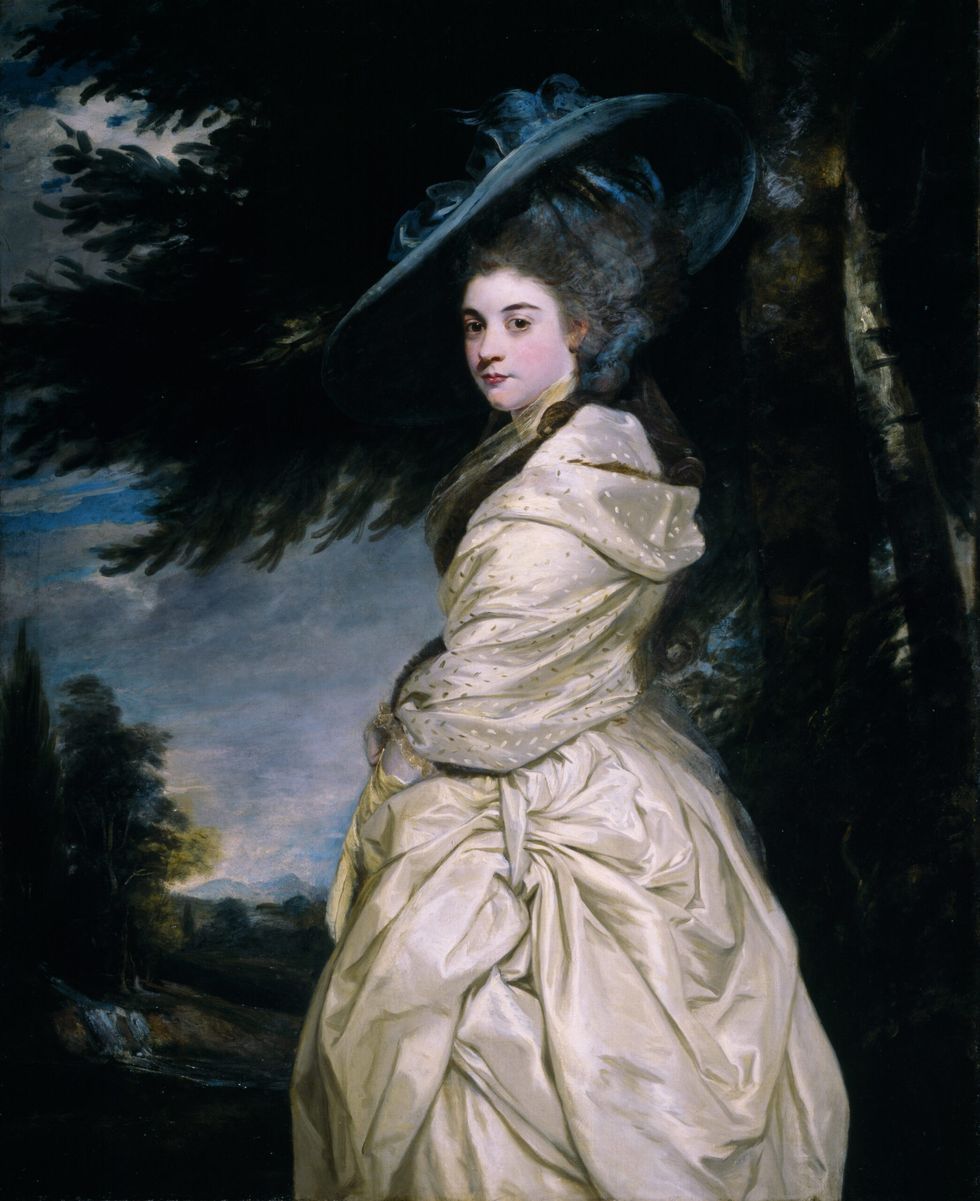
Tuli went on: “As a British Indian, I felt a sense of responsibility to myself and my community in addressing the collection’s racial hierarchies and revealing its untold stories. At the same time, I saw the risks of producing an abridged victim/perpetrator narrative because that can feed into racialised colonial ideals and it doesn’t critically exhaust the histories and relations of colonial conflict.”
She added: “The collection is not just about Robert Clive or just a particular colonial period in south Asia. It represents and impacts how British colonialism over the Indian subcontinent has been comprehended, reasoned, envisioned and engaged with over centuries.
“The procedures through which Robert Clive obtained objects that form part of the collection, and their moral implications, were matters of great debate in the British political and public forum. These practices were ultimately used to defend colonial rule and they influenced the strategies through which generations of the family obtained objects, which also became part of the Clive collection.
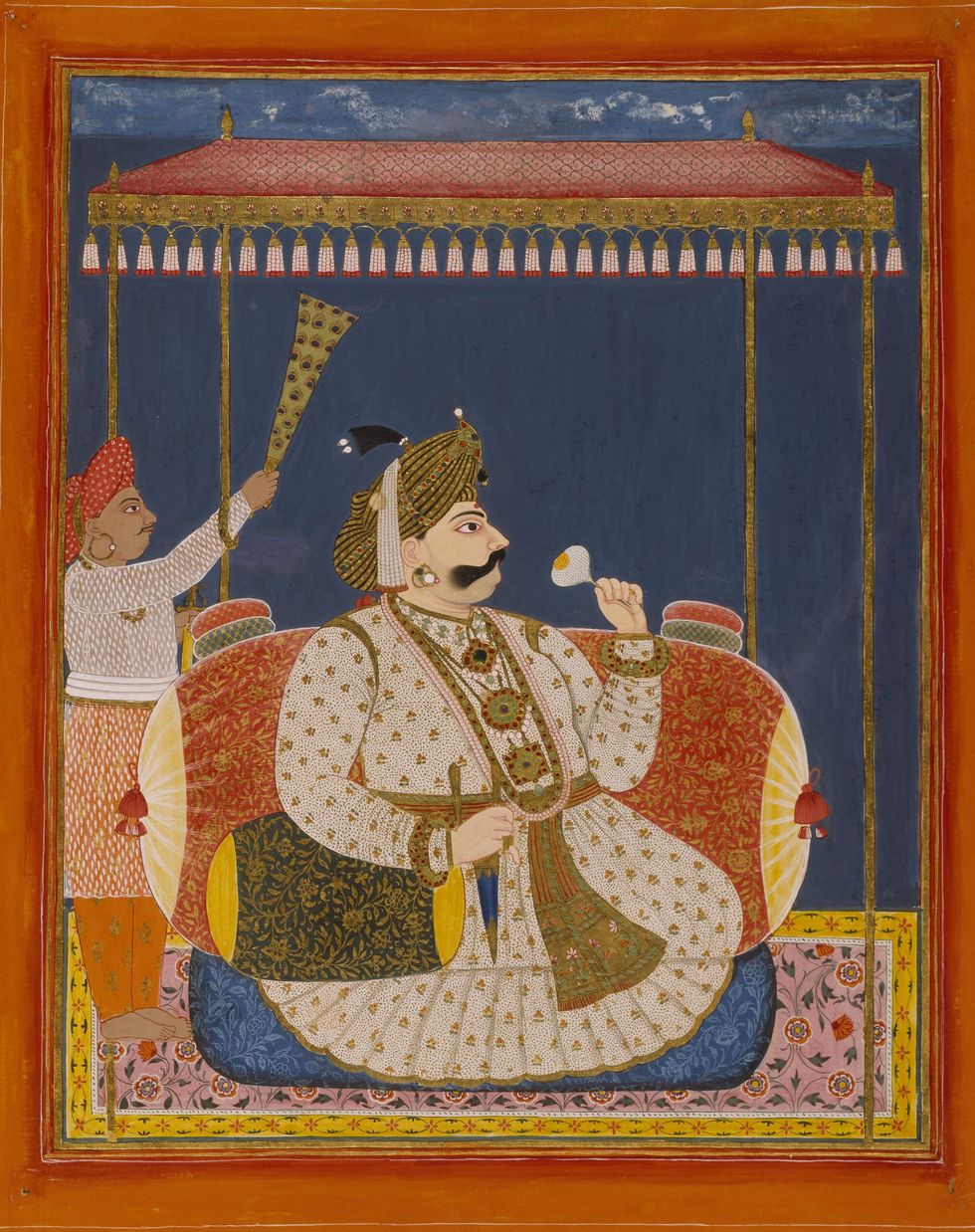
“It itself was constructed in the 1980s as a museum collection that emphasised Robert Clive and constructed an image of British colonialism as a triumphant civilising mission over an exotic and backward Indian subcontinent. The Clive collection is and has always been an ongoing rewriting of colonial history.”
The Trust has also engaged in an innovative experiment by working with Daniel Trivedy, a multi-disciplinary artist of Guyanese Indian descent based in Swansea. After negotiations between the Trust and Artes Mundi, a visual arts organisation, Trivedy was filmed prowling the ballroom and grounds of Powis Castle dressed as a tiger. The film, A Tiger in the Castle, will be showing at Powis Castle until November 3, 2024.
The Trust said: “Throughout Daniel’s work the tiger acts as a powerful motif, connecting to the artist’s identity as a person of Indian descent and directly referencing objects in the South Asian Collection. Specifically, these include those connected to Tipu Sultan who adopted the tiger as his emblem.”
Trivedy explained: “Essentially the crux of my work is to bring a subjective south Asian voice to bear on the collection, albeit through a creative response. I see the collection as being of huge importance. It is essentially a key part of the early story of the colonisation of India and everything that followed. It is fair to say that the vast majority of it links to colonial violence in some way.
“From a personal family point of view, my mother’s ancestors were shipped from India to Guyana to work as indentured labourers in the fields. Ultimately, I trace this history back to these early actions of the East India Company.”
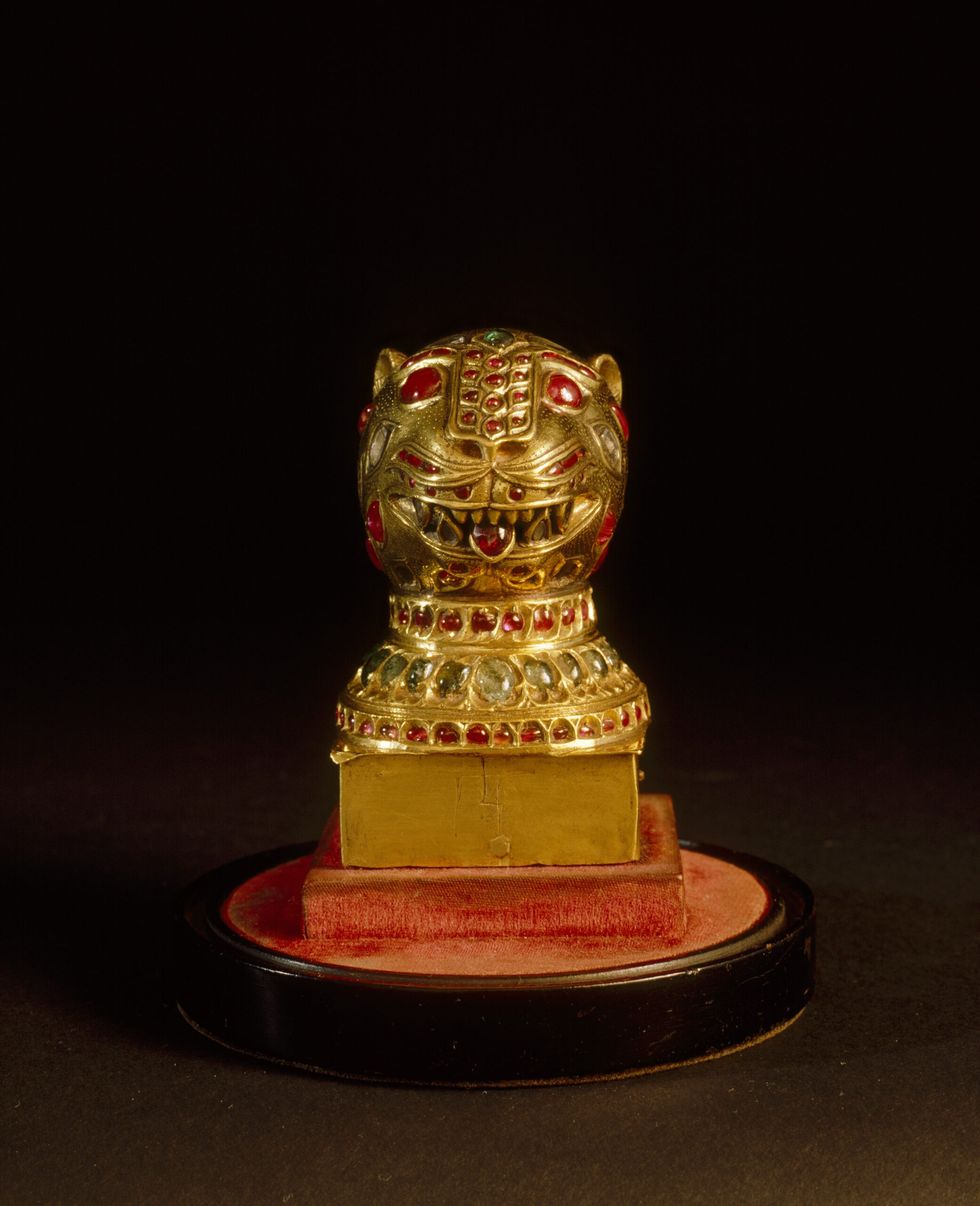
It has to be said that cut-outs of tigers, strategically hidden in bushes, have been a huge hit with children.
To be fair to the Trust, its 2020 report, which had Professor Corinne Fowler as lead author, addressed “our histories of colonialism and historic slavery” and included a section on “the Clive family and the East India Company”.
The report stated: “In the 18th century, under Robert Clive (1725-74), the Company used its wealth and armies to forcibly invade and conquer the Indian subcontinent to exploit its rich natural resources. As well as creating the British Empire in India, this ensured that Clive became vastly wealthy.
“Robert’s son, Edward Clive (1754–1839) as governor of Madras, bears responsibility for the defeat and death of Tipu Sultan (1750-99), the ruler of Mysore. Both Robert and Edward Clive’s colonial legacy can be seen today in a collection known as the ‘Clive Museum’ at Powis Castle.
“Edward Clive’s son, who is also called Edward, inherited Powis when his maternal uncle, the Earl of Powis, died. The collection of Indian objects includes Tipu Sultan’s magnificent state tent and a gold and jewelled tiger’s head finial from his throne.”
At Powis Castle, there is a portrait of Clive by Sir Nathaniel Dance-Holland in 1773. Clive was awarded an Irish peerage in 1762, created Baron Clive of Plassey, County Clare; he bought lands in County Limerick and County Clare, Ireland.
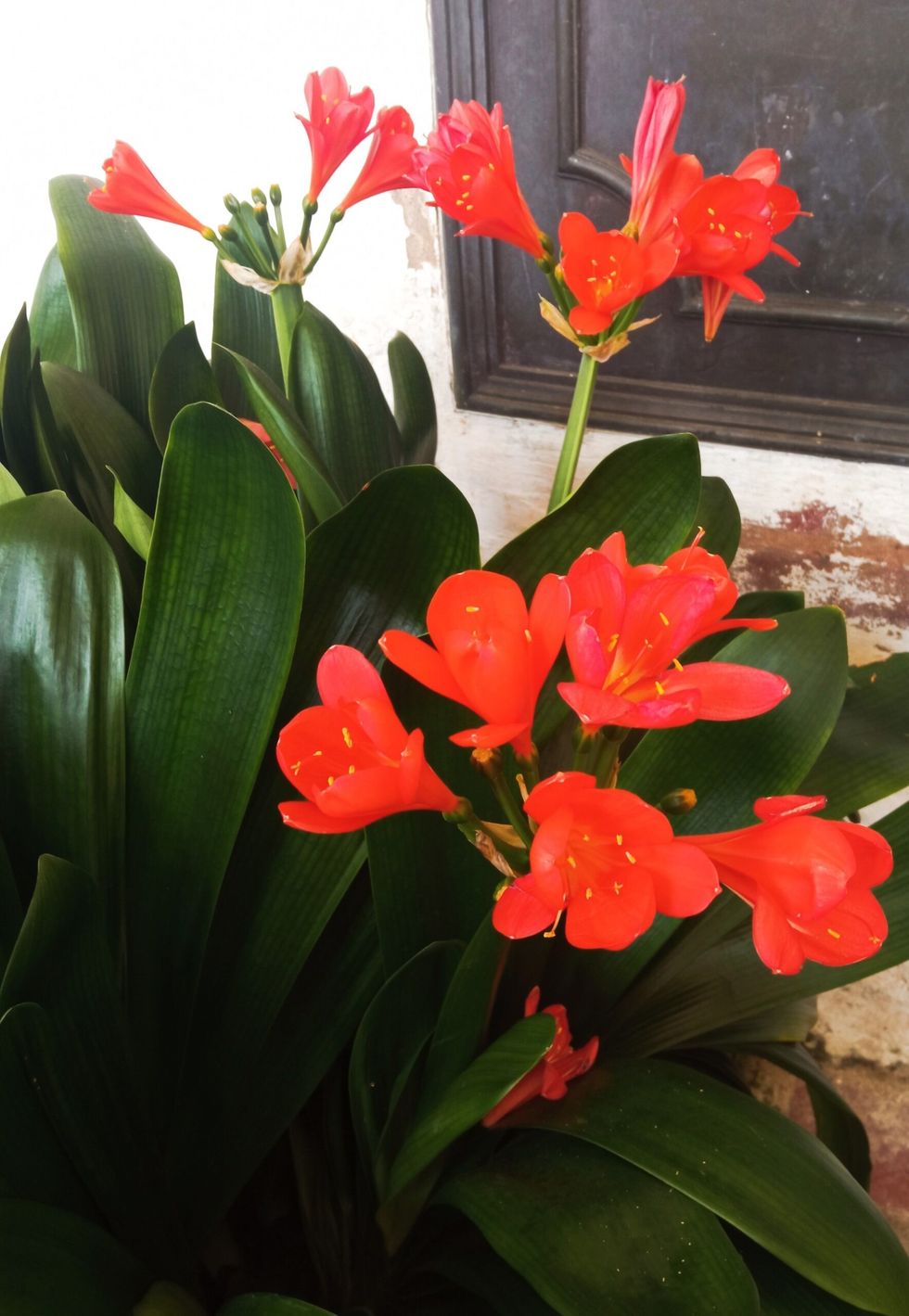
Close by is a portrait by Sir Joshua Reynolds of his daughter-in-law, Lady Henrietta Herbert, Countess of Powis, whom his son, Edward had married.
On a tour of Powis Castle, Logan commented that on marriage, “Edward Clive became Edward Herbert. So he actually took his wife’s name.”
The Clive collection, the Trust says, “includes ivories, textiles, statues of Hindu gods, ornamental silver and gold, weapons and ceremonial armour”.
“There was considerable local resistance to Clive’s activities in India, which he quashed using violence. At the pivotal battle of Plassey, Clive overthrew Siraj ud-Daulah (1727-1757), nawab of Bengal, and replaced him with his own ally, Mir Jafar (c 1691-1765).
“The story behind the objects in the collection is not always clear. Although some items were purchased or received as gifts, others were acquired as spoils of war following the defeat and death of Tipu Sultan at the Siege of Seringapatam in 1799. After Tipu Sultan was killed, the British army swept into the city. Tipu Sultan’s treasury of precious objects and artefacts were taken to be distributed among the victors, and some of them are now in the Clive Museum at Powis.
“The presence of an opulent palanquin, or travelling couch, in the Clive Collection is closely connected to the British seizure of power at the battle of Plassey. When, in 1757, Siraj ud-Daulah was overthrown at the Battle of Plassey, the palanquin, said to have been abandoned on the battlefield, was seized by the British and subsequently brought to Britain by Clive.
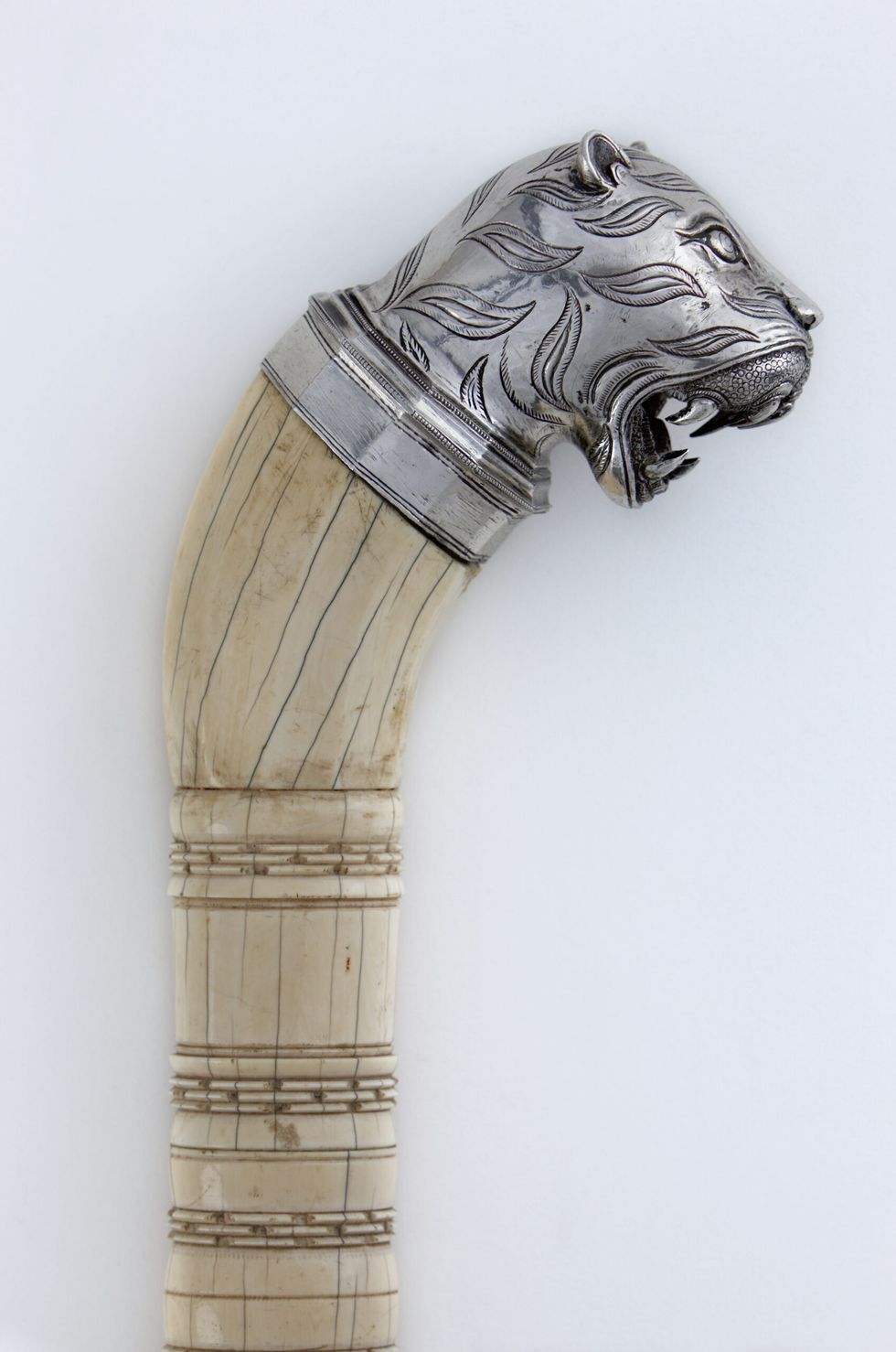
“Edward continued his father’s colonial activities in India, adding to the family’s collection of Indian treasures. Edward was appointed governor of Madras in 1798. Unusually for that time, Henrietta and their two daughters joined him in India, staying for three years.”
Also in the collection are Tipu Sultan’s tent, “cotton chintz with a white ground, patterned with acanthus cusped niches, each enclosing a central vase with symmetrical flower arrangement, predominantly in reds and greens”; and portraits including the Maharajah Pratap Singh of Tanjore (1739-65) and of Prince Azimud-Daula, Nawab of the Carnatic (1775- 1819) and his son Azam Jah (1800-1874) by Thomas Hickey.
There are miniature portraits of family members, including Edward.
“Powis Castle is home to one of the world’s great collections of art and historical objects with over 13,500 items in its collection,” the Trust says.
Logan said: “Sixty-three per cent of the collection still belongs to His Lordship.”
The Trust is responsible for 70 acres of the estate, including Powis Castle, but the other 6,000-7,000 acres are owned by the Herbert family, according to Logan.
During Eastern Eye’s tour of the property, Botha said: “Queen Victoria stayed here when she was a teenager”.
And in the 1990s, the then Prince of Wales also visited Powis Castle.
Logan drew attention to the Roman Pietra Dura table, made in 1580 with inlaid in marble and brought from the Pope’s palace in Rome.
“The experts from the Antiques Roadshow tell me that they reckon this is probably the best example in the world,” said Logan.
Last year, about 195,000 people visited Powis Castle, five-seven per cent of whom were Asian.
Anyone familiar with Rambagh Palace, the home of the Jaipur royal family in Rajasthan, would immediately recognise Nigel’s screeching sound on arrival at Powis Castle.
Logan, who has a characteristically Irish sense of humour, quipped: “Nigel is one of our more interesting peacocks.
He’s very much king of the property. We’ve got about six or seven peacocks.” When Fiona Bruce spent a long day at Powis Castle filming with the Antiques Roadshow crew, “there was Nigel headbutting the limousine. Nigel is used to the crowds – he plays up to the crowds. He’s almost too used to the crowds. People just love him.”
